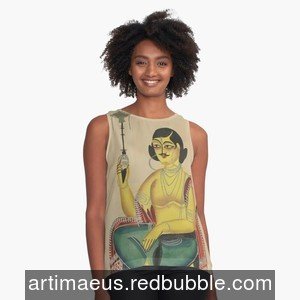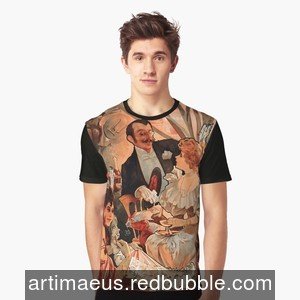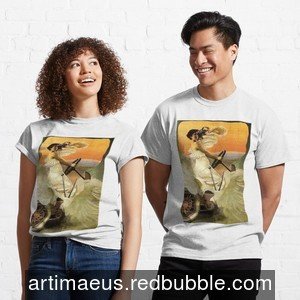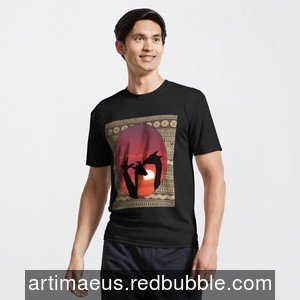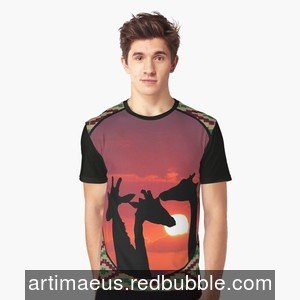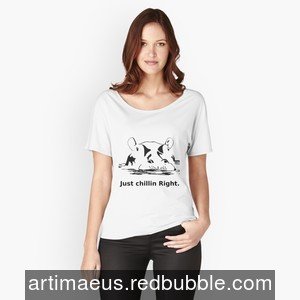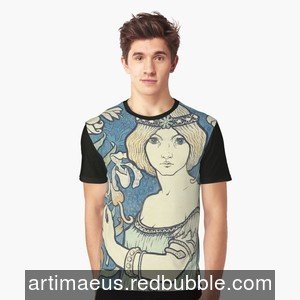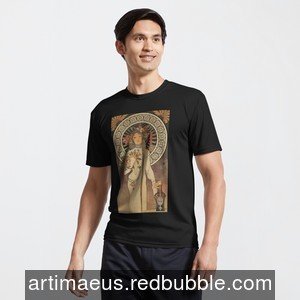- Category: Campervan
- Written by Paul Chubb
- Hits: 582
How to add Drink Holders to a vehicle
The need for Drinks

As part of the continual push for healthy living, life requirements have changed. A decade or two ago, people would carry a drink when they were exercising but not often otherwise. Nowadays people will often carry water wherever they go. This will become even more common as the current crop of youngsters leave school. School culture has students with access to water bottles at all times.
We, due to medical reasons, need to have access to water at all times and we try to drink around 2L per day. Tin Lizzy, being somewhat backward in this regard, has practically no provision for drinks in the front seats. On the back of the fold down in the middle – accessed by folding the seat down – there are two dimples that do nothing to stabilise a small cup of coffee let alone a drink bottle. For this reason we decided to add some bottle holders, one for each passenger making a total of three.
Bike Drink Holders
The obvious first step is to look at the bottle cages that you can get for bicycles. These bolt onto the frame of the bike and allow a rider to extract, drink and replace the bottle while riding. However they are designed for smaller bottles in the range of 500 – 600ml. In our case we tend to use at least 1L bottles for our drinks. However these holders do provide a good start for a design.
Materials
The bicycle drink holders are made of some flat bar and some rod. To make thinks a little simpler, I chose to only use flat bar. The smallest bar you can purchase from Bunnings is 20mm by 3mm. This results in a very chunky drink holder. The bike holders are using something like 10mm by 1mm flat bar.
Herzog steel offered a slightly better alternative, stocking as their smallest, 16mm by 3mm and this is what I ended up using.
Making Circles

The major element in the design of the drink holder is two circles. For them to look good, they need to be fairly accurate and round. In a metal shop this would be easy, they have specialist metal benders made of three rollers that can produce accurate curves by rolling the metal. In my case I had some G clamps.
I found a piece of scrap steel pressure tube that was about the right size. I clamped one end of the steel bar to the bottom of the tube and then bent the bar around the tube in a spiral upwards. The two hardest parts of this were to anchor the tube and to deal with the length of bar and not letting it hit things.
Adding a second G clamp to the bottom of the tube gave me a linear clamp point along the backs of the two clamps, which I then fastened into a Black and Decker workmate. This solved the anchor problem, with a foot on the bottom of the workmate the whole thing was quite stable. When I was in danger of hitting something - the bar started at 2m long - I simply turned the workmate around to give a new bit of room to bend the bar.
Physically, bending the bar was was easy. When I reached the top of the tube, I had sufficient coils to make up three circles. I used an angle grinder to cut the circles off the tube by slicing down in parallel with the tube across the coil.

The next issue is that the two ends of the circle don't meet. Laying the circle flat, one end is the width of the bar or so above the resting surface. The best way I found to address this was to take two scraps of wood and one of my trusty G clamps, sandwich the circle ends in the wood and then clamp it down. Before it is very tight, I gently hit the circle with a hammer to get the ends to meet.
This process, while fiddly, does work with a minimum of tools. When the circle was complete, a quick seam with the mig welder and I had my circle.
Making the back of the holder
The back consisted of a 200mm length of the same flat bar. I marked 30mm from the end, then the width of the circles – 95mm in my case – and the remainder. I placed the bar in the vice with the jaws at the 30mm mark. I leaned on the bar and hit the bar with a hammer just next to the jaws of the vice. This produces a nice sharp bend because the hammer hitting the bar stresses the bar beyond the deform point and the location of the hammer locates the actual bend. Just pushing on the bar will produce a very rounded bend.

Once the 30mm right angle was achieved, I proceeded with the same process at the second mark. At the end I had an L shape with the circle width across the bottom and both the 30mm and the remainder pointing up.
Assembly
I selected a circle and adjusted my L to fit the circle. The first circle sits on the 30mm upthrust and against the back. I used the G clamp to fasten the circle to the back of the L. This was fiddly and painful. I then used the mig to weld the 30mm upthrust to the circle. I removed the clamp and welded the circle to the back.
Getting the top circle to be in line with the bottom circle and everything looking square is hard. If I was making lots of these, I would create a jig that held the circles in the right place and would also use a machine to bend the backs. But then if wishes were dollars I would be rich.
In the end I held the circle against the back at the very top and tacked it. I then checked that it approximated square. When I was happy I welded it on.
Painting

I had several projects to paint at the same time. By preference I spray paint where I can. I hung the bottle holders on some rope using cable ties. This limited the amount of surface that wouldn't get painted.
The key problem was that it is the wrong time of year to paint in Canberra. Most types of paints say not to even attempt painting if the temperature is below 10°C. Currently, at the beginning of winter on a warm day the temperature will be above 10°C for only a few hours each day. That together with wind, rain and the obligation to do some work, meant that there were several days between coats.
Mounting

Once the holders were painted, they need to be mounted. There are no brilliant locations in the front of tin lizzy for bottle holders. They have to be out of the way of knees and controls. In the end they were mounted on either side of the gear stick and on the passenger door. This allows a bottle in easy reach of each of the three people seated.
The surface that they are mounted to consists of plastic or plastic coated cardboard. There are two approaches that could be used: rivnuts/plus nuts are a way to add a threaded hole to a surface. However you may find that the plastic/cardboard is not strong enough. The alternative is to use some of the fasteners designed for plaster board. Fasteners that have a broad anchor such as butterfly fasteners or the equivalent gravity fasteners are worth a go. In the end I used rivnuts that had a short clench range. There is a write up on rivnuts in this article

